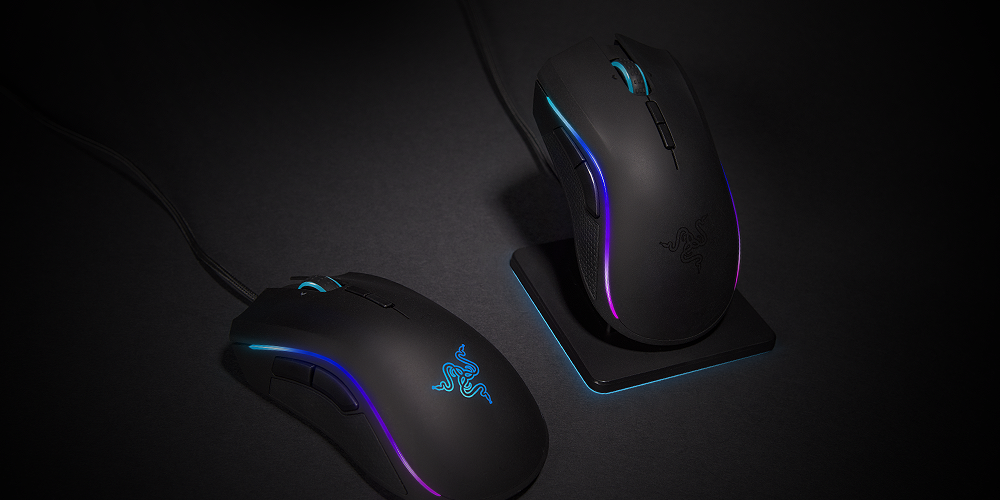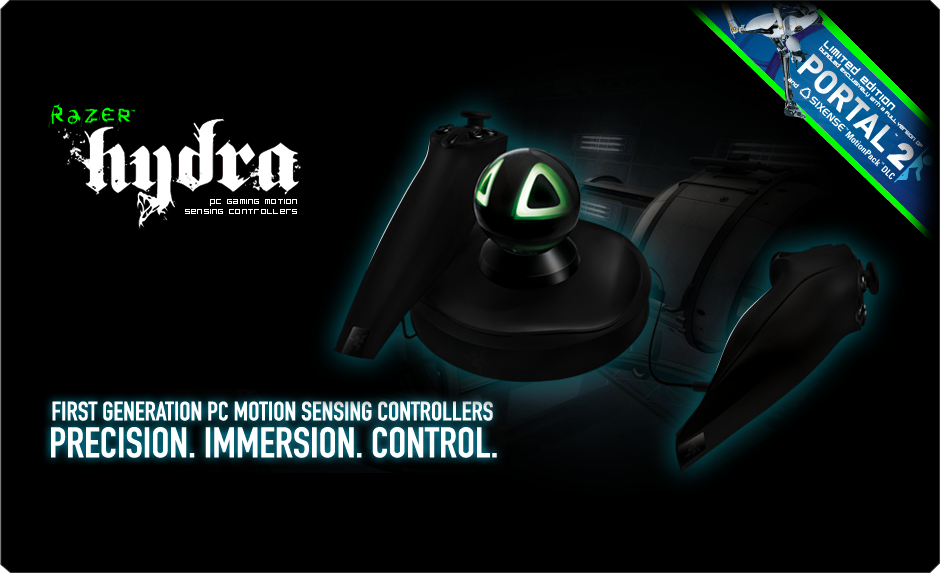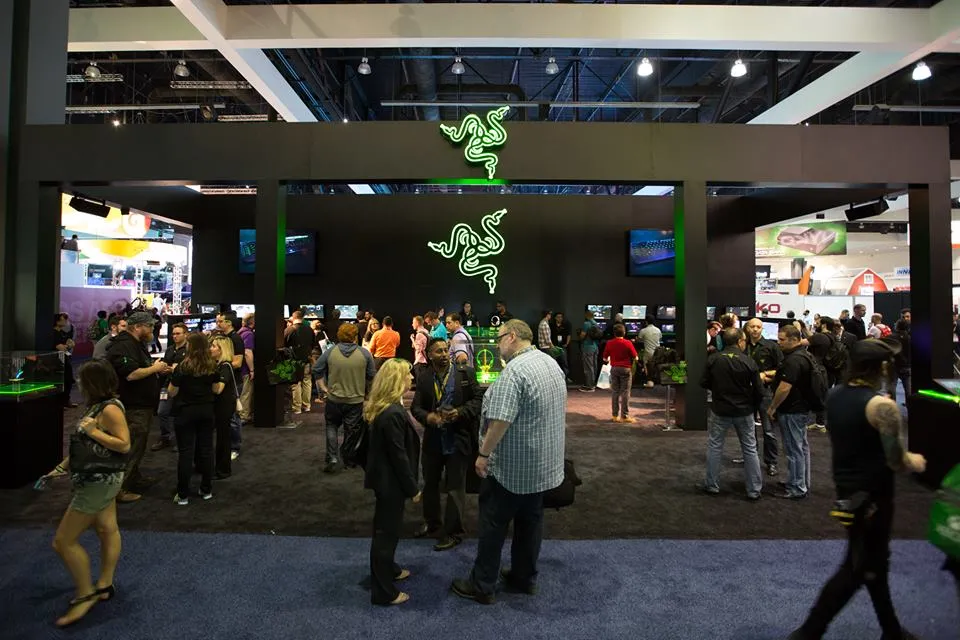The Electronic Entertainment Expo (E3) this year was all about virtual reality gaming. Just about every major hardware manufacturer announced content for their system. Oculus, Sony and Microsoft showed off a bounty of VR demonstrations at their booths. Nvidia and AMD drives drove a majority of the experiences, and production studios all over the globe brought in their experiences for the masses to try. Yet, one of the recent companies to enter the VR race, Razer, stayed fairly silent for the most part.
What makes Razer great is their specialization in slick, flashy products marketed specifically towards gamers. They are known for their brightly colored chroma lighting typically embedded in their hardware. Keyboards, mice and even custom designed computers all have Razer’s brand of slowly color changing lights – making the devices a wonder to look at.
This year at E3, Razer’s booth displayed a wide range of devices. They had their top-notch headphones to try out. People could stop by and play desktop games while using Razer’s pristine backlit keyboards. Their Gunnar computer glasses appeared here and there. Amazing new high precision mice dubbed the Mamba Tournament Edition were proudly displayed as well. However, there was an obvious lack of virtual reality demonstrations at E3; despite the company’s previous involvement with VR in large consumer events like CES 2015 a couple months back. Still, the popular gaming giant hinted at a possible future of polished virtual reality controllers that may arise soon.

The original release included wires and progressed toward a wireless solution before it was ultimately removed from Razer’s store. Previous to the cancellation, developers integrated the hardware into many different genres of games; mostly because it was arguably the only VR-specific controller on the market. There was some issues for sure, but despite the discontinuation, Razer’s interest in virtual reality has been clear since the medium’s recent proliferation into the consumer hardware world.

Granted, the initial OSVR head mounted display (HMD) is riddled with tracking and resolution problems, so it makes sense that they might not want to show off the headset until it evolves towards better solutions. Also, the HMD is largely considered a developer/hacker kit and E3 is not a developers conference. Still, the headset should have been shown on display behind glass (kind of like they did with their new mouse) in my opinion.
OSVR adds features and supporters to their Open Source VR platform
The good news though is that after asking a representative on the floor about virtual reality, it sounds like there might be a specialized VR controller by Razer on the way. This was discovered when talking about the gorgeous layout of the Mamba Tournament Edition mouse.
Imagine a Sabertooth controller split in half and customized with brilliant chroma lighting on the edges. That is the level of polish we are looking at here. Gamers will start clamouring over VR if Razer can pull off an amazing VR controller like that.
Hopefully more information about their future controller plans will surface soon. In the meantime, the UploadVR team will keep uncovering as much data about the rumored, unconfirmed piece of VR hardware.
Featured image pulled from Razer’s Facebook Page.


























